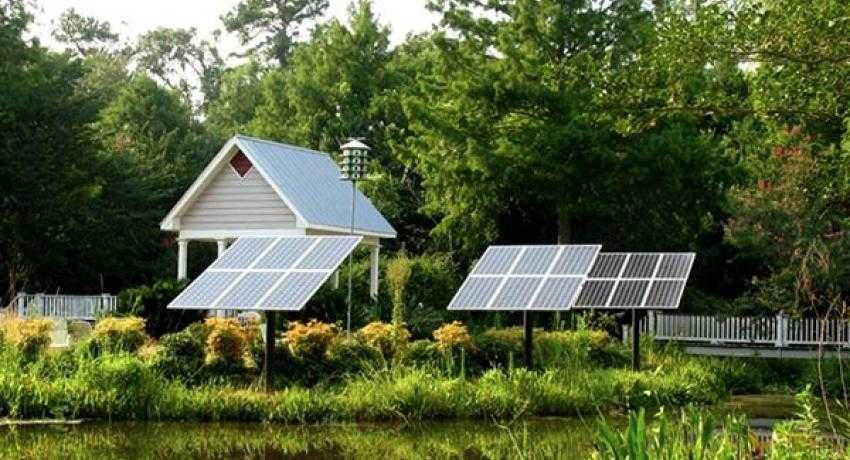Week in Review: Solar Wind Lead the Way as 2013 Comes to a Close
Solar and wind continue to be the most popular forms of new energy coming online in 2013. Interest in solar appears to be at an all-time high in the U.S., as another report anticipates that solar will reach parity by the end of the decade. And more people are coming up with interesting ways to help people go solar, including organizations like the Natural Resources Defense Council (NRDC).
Last month, 699 megawatts of electric generating capacity came online in the U.S. Of that, 694 were from wind and solar. An astounding 504 megawatts came from solar alone, according to the Office of Energy Projects Energy Infrastructure Update for the month. The update is published through the Federal Energy Regulatory Commission (FERC).
Another report confirms that photovoltaics are expected to reach grid parity by 2020, making them cost-competitive with other energy sources without subsidies. The Navigant Research Solar PV Market Forecast found that the international solar industry stabilized in 2013, offering better clarity to determine when PV will come into parity. Over the past few years, the industry struggled as certain companies attempted to gain market share by overproducing what the world needed. Many companies are now producing more inline with demand.
Meanwhile, more people are finding ways to fund solar projects through non-traditional means. Just last month, the NRDC launched its first crowd-funding campaign. The campaign, which was more than fully funded on Indiegogo, is to support the Solar Schools Initiative. Under the initiative, the NRDC will install solar projects at schools that put together successful campaigns to support a solar project.
It’s not all sunny skies for the solar industry, however. Battles to keep net-metering provisions are more prevelantly cropping up. These provisions allow homeowners to go solar and get compensation for power they send back to the grid. Arizona was the hotbed of such a case where a leading state utility, APS, tried to impose a fee on PV users. The Arizona Corporation Commission's kept that to a minimum, at just $5 a month. The solar industry called the imposition a win because APS had wanted a much larger fee, which solar installers said would have made it difficult for more people to go solar.
The year has also been big for increasing the efficiency of PV cells, particularly multi-junction PV cells. Last week, Boeing’s Spectrolab announced that its newest multifunction cell was capable of converting 38.8 percent of the sun’s energy into electricity without concentration. Under concentration multi-junction cells have now surpassed 44 percent efficiency at Soitec and companies think they’ll be able to convert more than 50 percent of the sun.




